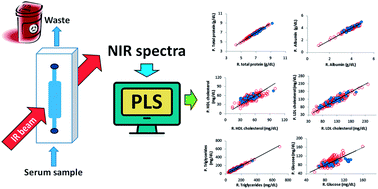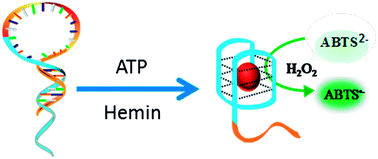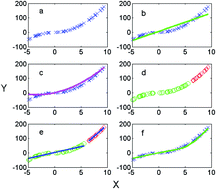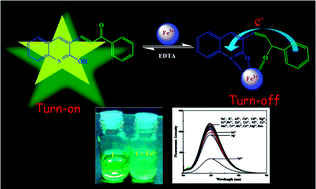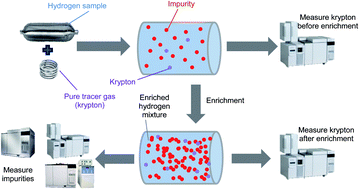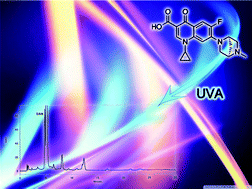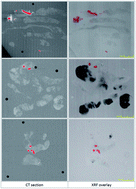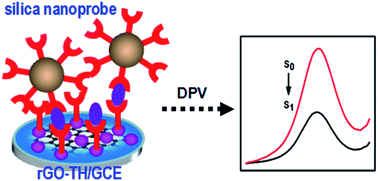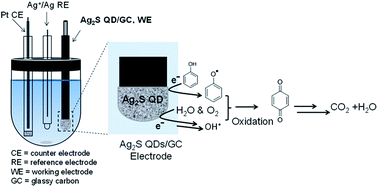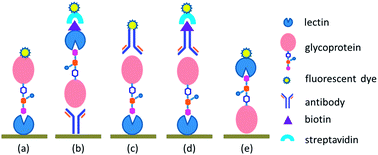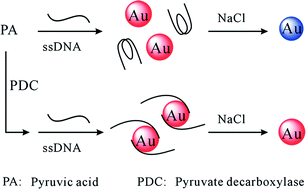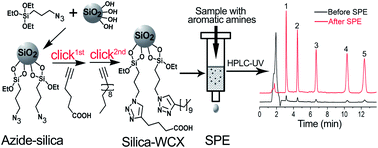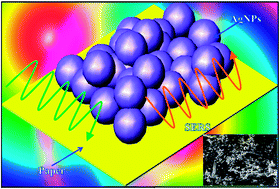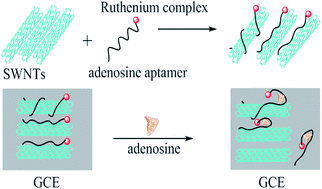Take a look at our new HOT articles just published in Analyst and free for you for the next couple of weeks:
Determining striatal extracellular glutamate levels in xCT mutant mice using LFPS CE-LIF
Srivani Borra, Elizabeth A. McCullagh, David E. Featherstone, Phillip M. Baker, Michael E. Ragozzino and Scott A. Shippy
Anal. Methods, 2014,6, 2916-2922
DOI: 10.1039/C4AY00392F, Paper
Ultrasound-assisted cloud point extraction coupled with flame atomic absorption spectrometry for the determination of lead and cadmium in water samples
Zonghao Li, Jiaxi Chen, Mousheng Liu and Yaling Yang
Anal. Methods, 2014, Advance Article
DOI: 10.1039/C4AY00211C, Paper
Determination of biochemical parameters in human serum by near-infrared spectroscopy
J. L. García-García, D. Pérez-Guaita, J. Ventura-Gayete, S. Garrigues and M. de la Guardia
Anal. Methods, 2014, Advance Article
DOI: 10.1039/C3AY42198H, Paper
Colorimetric detection of mercury based on a strip sensor
Changrui Xing, Liqiang Liu, Xun Zhang, Hua Kuang and Chuanlai Xu
Anal. Methods, 2014, Advance Article
DOI: 10.1039/C3AY42002G, Paper
Synthesis, cytotoxicity and bioimaging of a novel Hg2+ selective fluorogenic chemosensor
Muhammad Saleem, Razack Abdullah, Anser Ali, Bong Joo Park, Eun Ha Choi, In Seok Hong and Ki Hwan Lee
Anal. Methods, 2014, Advance Article
DOI: 10.1039/C4AY00314D, Paper
Determination of methylarginines in infant plasma by CE-LIF
Thomas H. Linz and Susan M. Lunte
Anal. Methods, 2014, Advance Article
DOI: 10.1039/C4AY00340C, Paper
Colorimetric detection of ATP with DNAzyme: design an activatable hairpin probe for reducing background signals and improving selectivity
Weiju Chen, Yaping Hu, Jishan Li, Yinhui Li, Junhui Bai, Jing Zheng and Ronghua Yang
Anal. Methods, 2014, Advance Article
DOI: 10.1039/C4AY00380B, Communication
To view these article for free, please register for a free RSC account here


